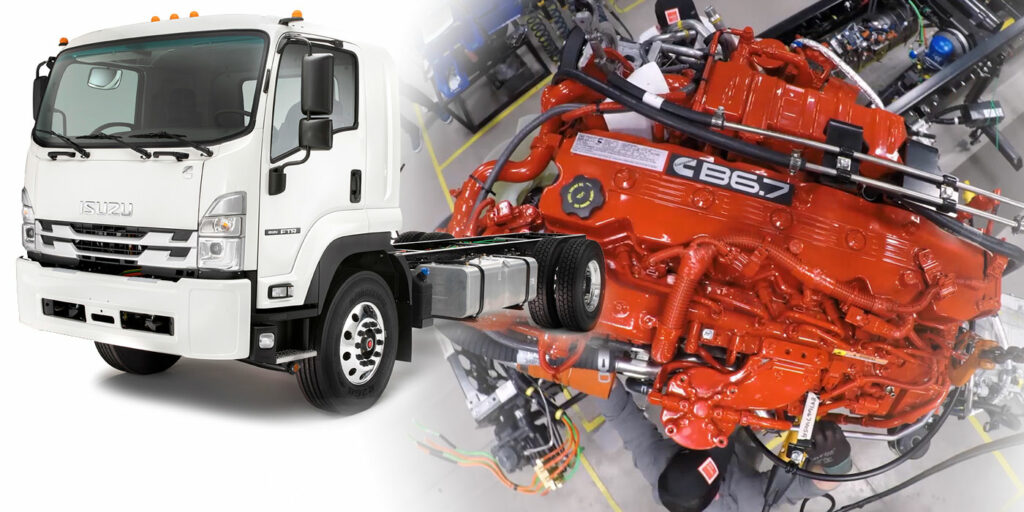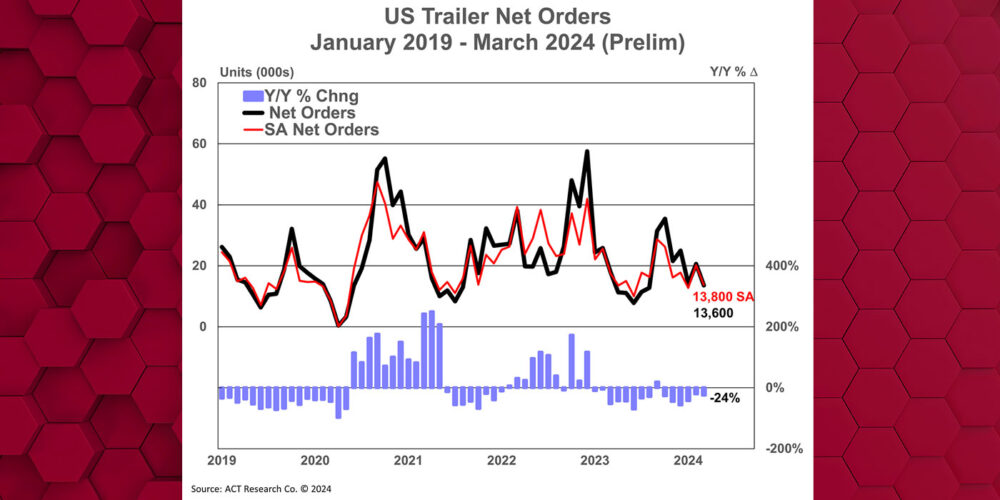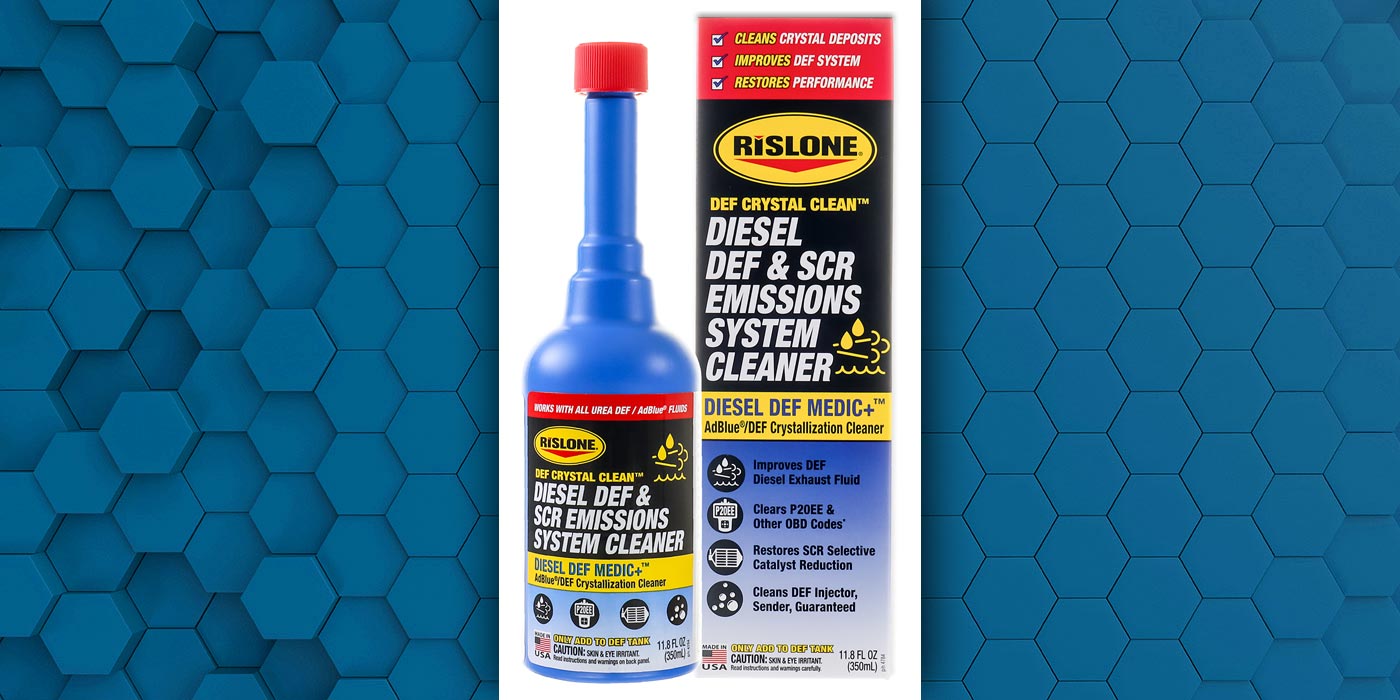There was a lot to talk about with Jennifer Rumsey, Cummins president and chief operating officer, during our interview for our executive story on diesel, decarbonization and the path forward for Cummins. There were a number of interesting power-driven topics that we couldn’t cover in that story that found their way here. You can read through the outtakes from our interview or click the links below this paragraph to jump to the topics that interest you the most. (Choose your own internet reading adventure!)
Cummins developments within hydrogen generation
Details of the Daimler Truck AG, Cummins deal
Service network support
Data’s role in decarbonization
‘Powering a prosperous world’
Cummins developments within hydrogen generation
Say it with me: Electrolyzers. It’s a fun word that I learned in talking with Jennifer about the fact that one of Cummins’s New Power Business focus is hydrogen generation—basically creating hydrogen from other green energy sources via electrolyzers.
Jennifer explains:
“I’m focused on ensuring that everything we do leads to a cleaner, healthier and safer environment. On the infrastructure side with our New Power Business, we have hydrogen production capability using electrolyzers that can convert electricity into hydrogen.”
How does it work? Cummins provided an in-depth look at the technology that you can read by clicking here. For laymen like me, an electrolyzer is a system that uses electricity to break water into hydrogen and oxygen. The oxygen can either be released into the atmosphere or stored, and the hydrogen can be stored as a compressed gas or liquefied.
“If you have renewable energy from solar or wind, you can produce green hydrogen,” Jennifer said. “Getting hydrogen is one of the big challenges. Today, there are a couple of ways to do that. You can produce it in a location and haul it in a tanker truck or pipeline to a location or you can produce it locally, particularly if renewable energy is available.”
What type of renewable energy?
“Anything. Really it’s an economic question,” she said. “If, economically, you have enough scale that makes sense to produce your own, any form of electricity can be used. The most efficient way to use renewable electricity is to use it directly. The challenge with renewable energy like solar or wind is you don’t necessarily have it when you need it. So you need some way to store it. Hydrogen can provide a great way to store that energy. Then whether you use it locally or distribute it to another location for consumption, you can then use that green hydrogen.”
Details of the Daimler Truck AG, Cummins deal
In February, Daimler Trucks AG and Cummins signed a memorandum of understanding establishing a partnership for medium-duty engine systems. The press release noted that: “As part of the planned strategic partnership, Cummins will invest in the further development of medium-duty engine systems for Daimler Trucks and Buses and the global production and delivery of medium-duty engines by Cummins for Daimler Trucks and Buses beginning in the second half of the decade.” [Read the full release here.]
Here’s Jennifer’s take:
“We’re all in a situation with evolving technologies and need to make decisions on where we’re going to invest our R&D dollars. Cummins is committed to continuing to invest in advanced diesel and internal combustion engines, and we’re investing in new platforms. We have the benefit of having a strong global position and scale so that we can continue to make investments in that space.
“That has led to a lot of conversations with OEMs and the role that Cummins might play in their internal combustion engine,” she continued. “The Daimler memorandum of understanding, as well as our partnership with Isuzu, are both the realization of that strategy and that focus of letting us play a broader role and leverage our scale and technology leadership to be a greater partner and supplier to customers, many of whom were already partnering with and supplying.
“The Daimler deal is a global medium-duty collaboration that is focused in four primary markets: North America; Europe; Brazil; and India. We’re really excited about that opportunity with a strong partner in Daimler, and we think there are others over time that will continue to evolve. In addition, of course, we’re talking with those same OEMs about partnership opportunities, and then the new power space.”
Service network support
Amid the talk of developing technologies that will move the industry toward decarbonization was a discussion of the service network that supports trucks—a vital partner to fleet operators.
“We have a service network around the world and a strong presence here in North America of course that helps us deliver on the dependability portion of our brand promise. We stand behind our product and are there to support our customers when they need it,” she said. “It can play a role for fleets as they think about the change in technology, and being ready to adopt new technologies.”
Data’s role in decarbonization
Of course, I had to ask the data question. (Clearly I’m obsessed with it.) And it should come as no surprise that data can help both Cummins and fleets blaze the path toward greater decarbonization.
“Over time, I think that data can play an important role for fleets, both in understanding how they’re using equipment and in managing how they’re going to use equipment in the future.”
Jennifer pointed to technologies like over-the-air calibration.
“Down the road, we could see geo-fencing where if you enter a certain area, you run a specific power, like all-electric. You have a hybrid vehicle, for example, and in a certain area it runs in an electric-only mode. It enables some things like that that don’t exist today, but I think could be possible in the future.”
And then there’s managing your equipment.
“Knowing how many miles you can go before you either need to charge or need to refuel hydrogen, and where the closest places are to do that, for example. Some of those data-enabled technologies will play a role.”
‘Powering a prosperous world’
It’s the Cummins mission statement, and one that guides Jennifer’s decisions and the company’s product development.
“The focus on the environment, the focus on helping our customers be successful in their business, and the focus on our employees and our shareholders and our communities—that’s what drives the company,” she says. “Through that, our brand promise, which is something I’m passionate about given my background in the technical world, is ‘Innovation and dependability.’ Delivering innovative solutions in a dependable way to our customers. As we define our path to zero [emissions] and what that looks like, it’s focused on living out that mission and that brand promise of innovation and dependability.”














